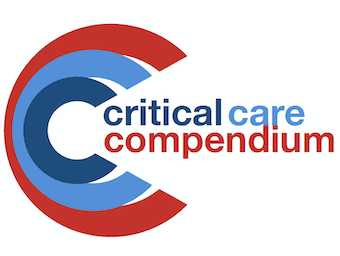
Pseudocoma
Pseudocoma is the term used for a patient feigning a comatose state, however it is sometimes also used for conditions like locked-in syndrome where patients may involuntarily appear unconscious but are actually self aware

Pseudocoma is the term used for a patient feigning a comatose state, however it is sometimes also used for conditions like locked-in syndrome where patients may involuntarily appear unconscious but are actually self aware

Spinal cord syndromes

Status epilepticus: continuous seizure activity for 5 minutes or more without return of consciousness, or recurrent seizures (2 or more) without an intervening period of neurological recovery

Watershed infarcts result from severe hypotensive insults. They occur in areas with relatively poor blood supply at the boundaries between territories of cerebral arteries or their branches.

Electroencephalography (EEG) is the recording of electrical activity along the scalp, which corresponds to the voltage fluctuations caused by ionic current flows within brain neurons.

Cerebral venous thrombosis (CVT) refers to thrombus formation in either the deep or superficial venous drainage systems of the brain. The etiology is multifactorial and the presentation is variable, with diagnosis requiring a high index of suspicion

Decompressive craniectomy is a controversial therapy for malignant middle cerebral artery (MCA) stroke

Decompressive Craniectomy: can be prophylactic or therapeutic; increases intracranial compliance and prevents/treats elevated ICP (especially if dura opened)

Monitoring in the critically ill subarachnoid haemorrhage patient is primarily to detect vasospasm.

Neurosurgery Literature Summaries

SAH Complications including Neurological deterioration; Seizures; Hyponatremia; Cardiac complications; Re-bleeding; Vasospasm

Subarachnoid Haemorrhage Grading Systems: GCS; Hunt and Hess; WFNS; Fisher; Claassen; Ogilvy and Carter